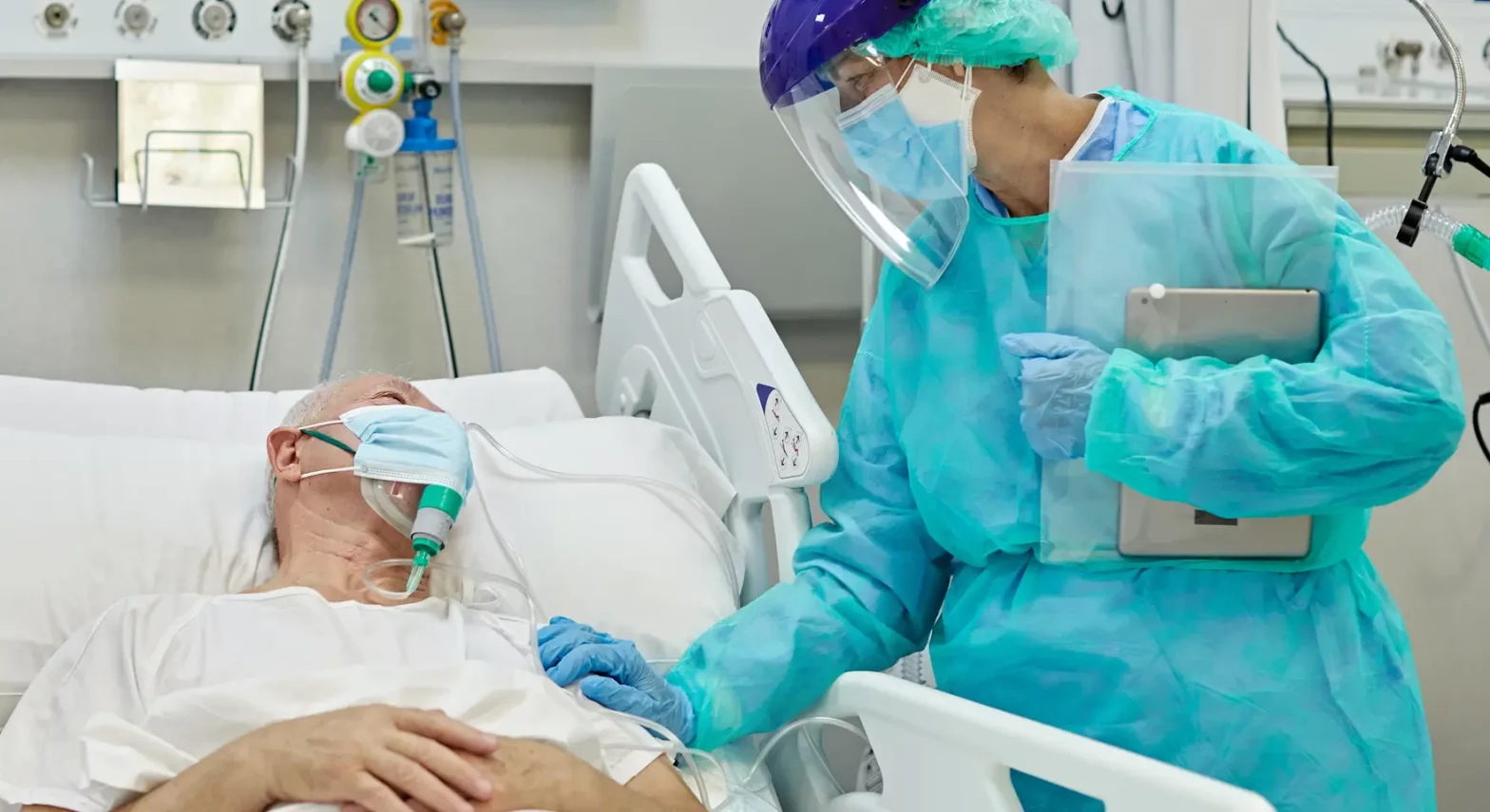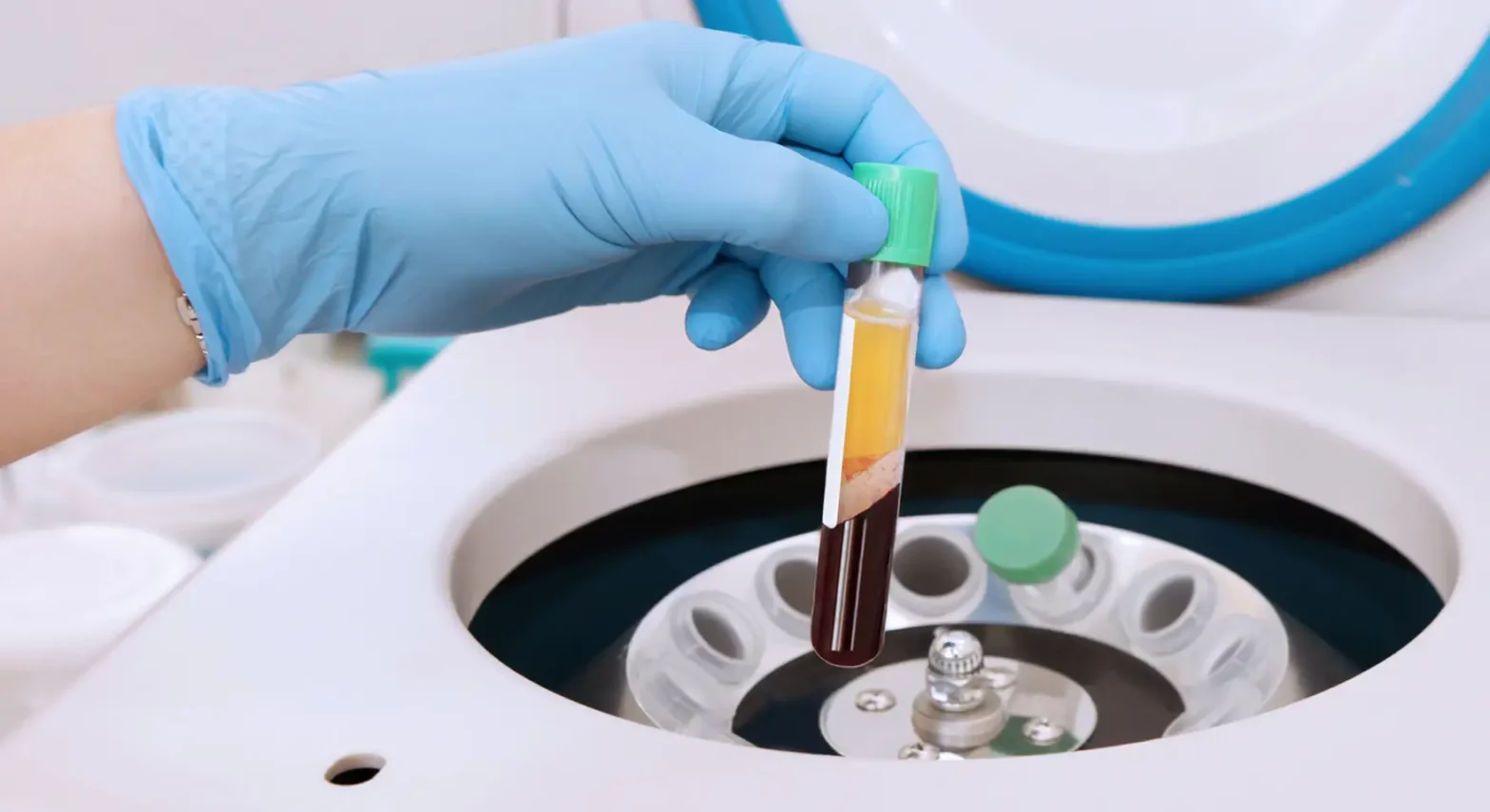May 14th, 2023
Three Dangerous Post-Surgical Complications and How to Prevent Them

Research shows that over 60% of patients experience anxiety before surgery[1]. These numbers are understandable, as most surgical procedures have both risks and benefits.
There are several complications that may arise as a result of surgery, with the most common being deep vein thrombosis, infection, and pneumonia. The good news is that healthcare providers can take a few steps to avoid these concerns and increase the chances of a successful surgery.
Expert Insight
Reducing Complications from Surgery - Daniel Cooper, MD
Deep Vein Thrombosis
Deep vein thrombosis, also known as DVT, is a condition that involves thickened blood (also known as a clot) forming in one or more deep veins. DVT can happen for several reasons, but the main ones include vein damage and slowed or blocked blood flow in the vein. Older adults, individuals with obesity, those who smoke, and people who are immobile or not very active are at a high risk of developing DVT[2]. Deep vein thrombosis can also come about in patients who undergo surgery, specifically to the hips, knees, and other parts of the lower body.
DVT may arise in surgical patients if tissue, fat, or other materials are released into the blood. If this happens, the blood is more likely to thicken around such debris in an attempt to remove it. Surgical patients at further risk of DVT include people getting joint replacements and soft tissue repairs. These procedures require surgeons to move or trim bone, tendons, muscles, and ligaments. When this happens, the body releases natural chemicals called antigens, which also increase a person’s risk of thickened blood (and clotting).
Research shows that 0.8% of surgical patients develop DVT or similar clots called venous thromboembolisms (VTEs) while still in the hospital[3]. This number may seem low, but clots of any kind are life-threatening if they travel to the lungs, brain, or other major organs. Prevention is very effective for both DVT and VTE, as studies show that up to 70% of these clots are preventable[4].
Healthcare providers should aim to lower a patient’s risk of DVT and VTE by encouraging early movement. Patients may engage in seated leg lifts and other exercises on their own or work with physical and occupational therapists. It is also common for patients to wear compression boots (called external pneumatic compression devices) while in bed. These devices offer pulsating pressure to the calf muscles, which simulates walking and encourages blood flow. Other preventive measures include wearing graded compression stockings and taking anticoagulant medication after surgery to stop clots from forming. Studies show that anticoagulants lower DVT risk by up to 3%, which is a significant change[5].
Infection
Patients who recently had surgery (and those hospitalized for other reasons) are at risk of developing hospital-acquired infections (HAIs). These infections impact 1 in 31 hospital patients[6]. HAIs may be bloodstream infections, urinary tract infections, certain types of pneumonia, and surgical site infections. Surgical site infections are quite common – they account for 20% of all hospital-acquired infections[7] and occur in 2% to 5% of post-surgical patients[8].
Hospital-acquired infections generally result from:
- The overuse of antibiotics
- Devices such as ventilators and catheters
- Improper cleaning methods
- Blood transfusions during surgery
- Medical management of shock, oxygen loss, low blood glucose levels, or a drop in body temperature during surgery
As with DVT, infections after surgery can be avoided. 40-60% of SSIs are preventable with proper use of antibiotics before surgery[9]. Providers can also prevent infections by shaving patients less often, since too much of this practice can introduce bacteria. Surgeons should appropriately sterilize a patient’s skin before surgery. Medical staff should ensure all wound dressings, instruments, and personal protective equipment (PPE) are clean; provide proper ventilation; and cover all of their hair. Surgeons should gently handle patients to avoid additional trauma. It’s also best to thoroughly clean wounds before closing them. Care staff should also stabilize a patient’s blood glucose levels immediately following surgery to further lower their risk of infection.
The national rate of surgical site infections decreased by 16% between 2010 and 2015[10]. These results are expected to improve as providers continue using infection prevention strategies as recommended.
Pneumonia
A lung infection can develop after surgery. Several studies show that 8% to 12% of surgical patients are diagnosed with pneumonia during their recovery[11]. This makes it the third most common complication of surgery.
People who have surgery are more likely to develop pneumonia since their immune systems are weaker. Additionally, being in the hospital places patients around germs they usually don’t have immunity against. Inactivity is another risk factor for pneumonia, which is why it impacts people recovering from surgery since they are less active than normal.
40% of postoperative lung infections can be avoided[12]. Early activity is one of the chief preventive strategies for this type of pneumonia. This is because movement of any kind helps expel bacteria and other foreign objects from the lungs. Other ways to prevent pneumonia include training the lungs through deep breathing and a method called incentive spirometry, proper positioning in bed, and supported coughing. In order to prevent pneumonia during the recovery process, providers should also offer pain medications. These prescriptions will help manage patient discomfort and encourage them to move around more. A combination of these approaches has been shown to lower pneumonia rates by between 12% and 20%[13].
Summary
There are many prevention strategies to help lower the likelihood of complications after surgery. Even so, it’s quite common for patients to be nervous about such a procedure. Patients should keep tabs on these feelings, as studies show high levels of anxiety before surgery can increase their risk of complications[14]. Patients are encouraged to tell providers about their worries, so they can manage them and reduce their chances of problems. Providers can help by completing a thorough evaluation of each patient to identify any risk factors. Providers should also educate patients about the reason for the surgery, expected results, and recovery time along with other options they have.
Find an Orthopedic Doctor in Your Area





